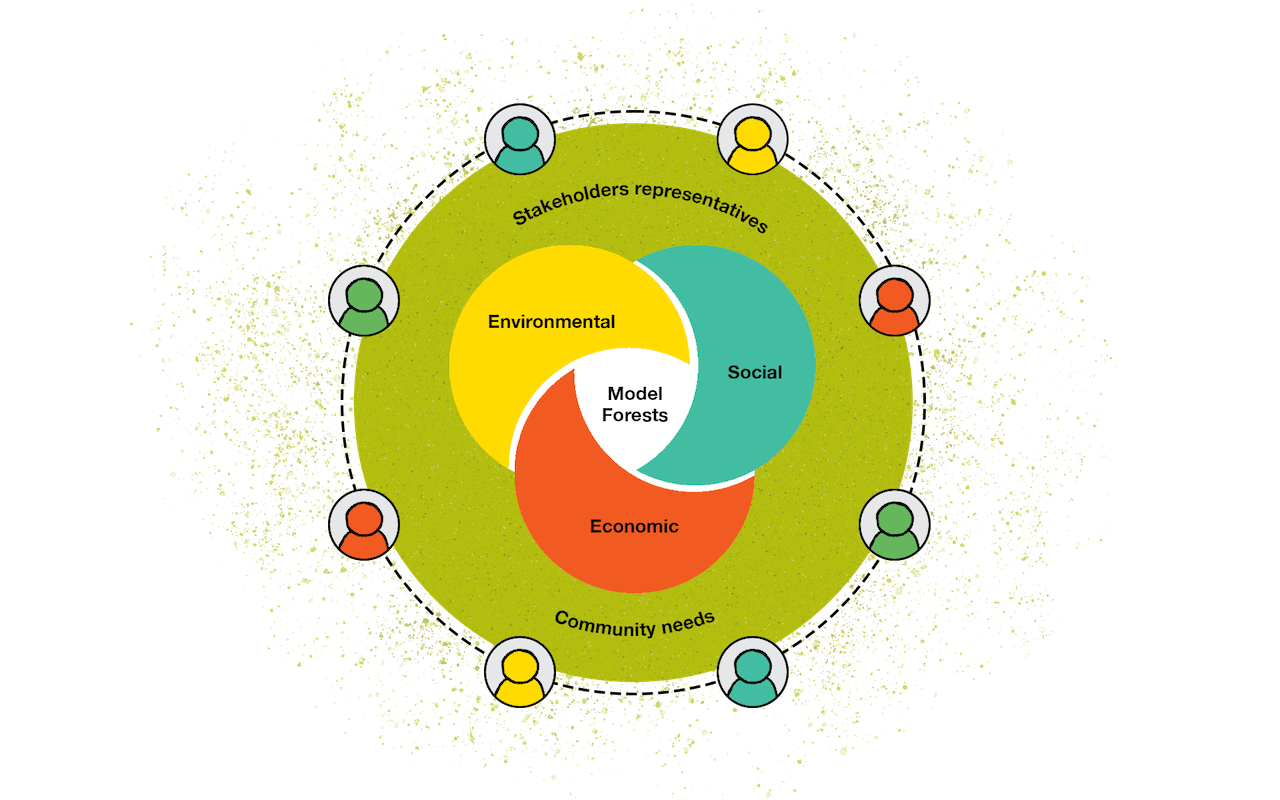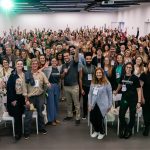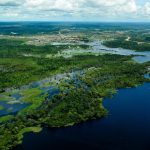/*! elementor – v3.21.0 – 24-04-2024 */
.elementor-heading-title{padding:0;margin:0;line-height:1}.elementor-widget-heading .elementor-heading-title[class*=elementor-size-]>a{color:inherit;font-size:inherit;line-height:inherit}.elementor-widget-heading .elementor-heading-title.elementor-size-small{font-size:15px}.elementor-widget-heading .elementor-heading-title.elementor-size-medium{font-size:19px}.elementor-widget-heading .elementor-heading-title.elementor-size-large{font-size:29px}.elementor-widget-heading .elementor-heading-title.elementor-size-xl{font-size:39px}.elementor-widget-heading .elementor-heading-title.elementor-size-xxl{font-size:59px}
Model Forests: A united front for sustainable landscapes
/*! elementor – v3.21.0 – 24-04-2024 */
.elementor-widget-image{text-align:center}.elementor-widget-image a{display:inline-block}.elementor-widget-image a img[src$=”.svg”]{width:48px}.elementor-widget-image img{vertical-align:middle;display:inline-block}
/*! elementor – v3.21.0 – 24-04-2024 */
.elementor-widget-text-editor.elementor-drop-cap-view-stacked .elementor-drop-cap{background-color:#69727d;color:#fff}.elementor-widget-text-editor.elementor-drop-cap-view-framed .elementor-drop-cap{color:#69727d;border:3px solid;background-color:transparent}.elementor-widget-text-editor:not(.elementor-drop-cap-view-default) .elementor-drop-cap{margin-top:8px}.elementor-widget-text-editor:not(.elementor-drop-cap-view-default) .elementor-drop-cap-letter{width:1em;height:1em}.elementor-widget-text-editor .elementor-drop-cap{float:left;text-align:center;line-height:1;font-size:50px}.elementor-widget-text-editor .elementor-drop-cap-letter{display:inline-block}
This article is brought to you by the International Model Forest Network.
On one of the Philippines’ most biodiverse islands, home to 20-storey-tall trees and karstic river gorges, traditional wooden boats bear witness to a remarkable transformation.
Once used to carry illegal timber, charcoal and explosives for dynamite fishing, they now transport visitors as part of an award-winning ecotourism initiative.
This is Samar Island National Park – a biodiversity hotspot where local authorities, villages and academics are teaming up to balance development and conservation.
Enter the Ulot Watershed Model Forest, an initiative that aims to develop alternative livelihoods for communities in an area home to some of the largest tracts of contiguous rainforests in the Philippines.
Model Forests are neutral forums where a diverse range of people and groups can have a say in the governance of forest-based landscapes and watersheds, finding collective solutions for shared challenges. In essence, they strive to meet local needs while preserving the natural systems that underpin societies and economies.
The approach was first developed in the early 1990s to address conflicts between environmentalists, governments, Indigenous Peoples, communities and forest workers over the use of forests in Canada.
To break the deadlock, the Canadian government seated stakeholders around the table in 10 sites across the country. The idea was that decisions about forests had to consider the social, environmental, cultural and economic benefits of forests – not just their timber value.
It worked, and the International Model Forest Network (IMFN) launched at the 1992 Earth Summit in Rio de Janeiro to inspire other locally-tailored initiatives for forest landscape governance around the world.
Today, the IMFN brings together more than 60 Model Forests across the globe. Each one has its own governance arrangements and activities, but all operate under common principles and learn from each other’s experiences.
Their actions aren’t limited to forests but also cover wider landscapes encompassing farms, towns, protected areas and watersheds.
/*! elementor-pro – v3.21.0 – 24-04-2024 */
@keyframes e-hotspot-soft-beat{0%{transform:scale(1)}to{transform:scale(1.1)}}@keyframes e-hotspot-expand{0%{transform:scale(.5);opacity:1}to{transform:scale(1.5);opacity:0}}.elementor-widget-hotspot{display:flex;justify-content:var(–background-align)}.elementor-widget-hotspot .elementor-widget-container{position:relative;display:inline-block;width:var(–container-width);max-width:var(–container-max-width);height:var(–container-height)}.elementor-widget-hotspot .elementor-widget-container>img{display:block;width:var(–image-width,auto);height:var(–container-height);opacity:var(–opacity,1)}.e-hotspot{z-index:1;display:flex;align-items:center;justify-content:center;position:absolute}.e-hotspot–position-left.e-hotspot–position-top{transform:translate(calc(-1 * var(–hotspot-translate-x)),calc(-1 * var(–hotspot-translate-y)))}.e-hotspot–position-left.e-hotspot–position-bottom{transform:translate(calc(-1 * var(–hotspot-translate-x)),var(–hotspot-translate-y))}.e-hotspot–position-right.e-hotspot–position-top{transform:translate(var(–hotspot-translate-x),calc(-1 * var(–hotspot-translate-y)))}.e-hotspot–position-right.e-hotspot–position-bottom{transform:translate(var(–hotspot-translate-x),var(–hotspot-translate-y))}.e-hotspot–active{z-index:2}.e-hotspot__inner-circle,.e-hotspot__outer-circle{content:””;display:inline-block;box-sizing:content-box;border-radius:50%}.e-hotspot__inner-circle{position:absolute;top:50%;left:50%;transform:translate(-50%,-50%);background-color:var(–hotspot-color);padding:calc(var(–hotspot-size, 18px) / 2)}.e-hotspot__outer-circle{background-color:var(–hotspot-color);padding:var(–hotspot-padding,4px)}.e-hotspot–icon .e-hotspot__button,.e-hotspot__outer-circle{width:var(–hotspot-size,18px);height:var(–hotspot-size,18px)}.e-hotspot–icon .e-hotspot__button{line-height:0;box-sizing:content-box;font-size:var(–hotspot-size,18px)}.e-hotspot__icon,.e-hotspot__label{display:flex;justify-content:center;align-items:center}.e-hotspot__icon svg,.e-hotspot__label svg{height:var(–hotspot-size,18px);width:auto}.e-hotspot__button{cursor:pointer;position:relative;display:grid;grid-auto-flow:column;justify-content:center;color:var(–hotspot-color);font-size:var(–hotspot-size,18px);min-width:var(–hotspot-button-width);min-height:var(–hotspot-button-height)}.e-hotspot__button:before{z-index:-2;content:””;width:100%;height:100%;left:-5px;top:-5px;position:absolute;padding:5px;box-sizing:content-box}.e-hotspot__button svg{fill:var(–hotspot-color)}.e-hotspot:not(.e-hotspot–circle) .e-hotspot__button{min-width:var(–hotspot-min-width);min-height:var(–hotspot-min-height);background-color:var(–hotspot-box-color);padding:var(–hotspot-padding,4px);border-radius:var(–hotspot-border-radius,3px)}.e-hotspot:not(.e-hotspot–circle) .e-hotspot__button:before{border-radius:var(–hotspot-border-radius,3px)}.e-hotspot:not(.e-hotspot–circle) .e-hotspot–expand:before{background-color:var(–hotspot-box-color)}.e-hotspot–overlay{opacity:.7;transition:opacity .2s}.e-hotspot–active .e-hotspot–overlay,.e-hotspot–overlay:hover{opacity:1}.e-hotspot–soft-beat{animation:e-hotspot-soft-beat .7s infinite alternate;animation-timing-function:ease}.e-hotspot–expand .e-hotspot__outer-circle{animation:e-hotspot-expand 2s infinite}.e-hotspot:not(.e-hotspot–circle) .e-hotspot–expand:before{content:””;width:100%;height:100%;position:absolute;z-index:-1;opacity:0;animation:e-hotspot-expand 2s infinite}.e-hotspot–sequenced{animation:fadeIn .3s;animation-iteration-count:1;animation-fill-mode:both}.e-hotspot__direction-mask{overflow:hidden;position:absolute;pointer-events:none}.e-hotspot__tooltip{white-space:var(–white-space,nowrap);transition-property:transform,opacity;transition-duration:var(–tooltip-transition-duration,.5s);transform-origin:center center;position:absolute;pointer-events:none;color:var(–tooltip-text-color,#fff);text-align:var(–tooltip-align);min-width:var(–tooltip-min-width);padding:var(–tooltip-padding,8px);border-radius:var(–tooltip-border-radius);background-color:var(–tooltip-color)}.e-hotspot__tooltip p:last-of-type{margin-bottom:0}.e-hotspot__direction-mask .e-hotspot__tooltip{box-shadow:none!important;position:static}.e-hotspot–active .e-hotspot__tooltip{pointer-events:visible}.e-hotspot–fade-in-out{opacity:0}.e-hotspot–active .e-hotspot–fade-in-out{opacity:1}.e-hotspot–fade-grow{opacity:0;transform:scale(0)}.e-hotspot–active .e-hotspot–fade-grow{opacity:1;transform:scale(1)}.e-hotspot–override-tooltip-animation-from-top,.e-hotspot–tooltip-animation-from-top{transform:translateY(calc(-100% – 1px))}.e-hotspot–override-tooltip-animation-from-left,.e-hotspot–tooltip-animation-from-left{transform:translate(calc(-100% – 1px))}.e-hotspot–override-tooltip-animation-from-right,.e-hotspot–tooltip-animation-from-right{transform:translate(calc(100% + 1px))}.e-hotspot–override-tooltip-animation-from-bottom,.e-hotspot–tooltip-animation-from-bottom{transform:translateY(calc(100% + 1px))}.e-hotspot–fade-direction{opacity:0}.e-hotspot–active .e-hotspot–fade-direction,.e-hotspot–active .e-hotspot–slide-direction{transform:translate(0) scale(1);opacity:1}.e-hotspot–show-tooltip{transition:none;opacity:1;pointer-events:visible;transform:translate(0)}
Towns
Rivers
Farms
Protected area
Forests
Partnerships for sustainable landscapes
“Model Forests are mainly about people,” says Patrick Wylie, policy analyst at the IMFN secretariat, hosted by Natural Resources Canada and the Canadian Forest Service in Ottawa. “They are about individuals and groups in a landscape working together to identify common priorities and implement solutions.”
Stakeholders define what sustainability means in their own context, taking into account the perspectives of the public, private and volunteer sectors, community organizations, academia and research institutions.
They agree on a set of goals, such as reversing land degradation and creating alternative sources of income for locals, and devise a governance structure and a strategic plan to advance their vision.
In the case of the Ulot watershed, for example, the Model Forest agreed on priorities like fostering sustainable forest management practices among communities and conserving Samar’s dipterocarp forests to keep the island’s soils, wildlife and water resources healthy.
Importantly, Model Forests are laboratories where partnerships or governments can test innovative practices and policies before replicating them elsewhere.
“Best practices, solutions, and lessons learned in one Model Forest can inform the management of other areas, accelerating efforts towards sustainable landscapes,” says Wylie.
Six principles, many forests
Initiatives are diverse but based on common principles: the voluntary participation of stakeholders representing different sectors of society; geographically defined areas with diverse ecosystems, administrations and tenure regimes as the basis for interventions; and a commitment to the conservation and sustainable use of forested landscapes, including the equitable distribution of economic and social benefits from natural resources.
Initiatives must also uphold good governance principles, ensuring that management and decision-making processes are representative, transparent and accountable, and that all individuals and groups with a stake in the landscape have a voice.
In terms of activities, Model Forests must put in place a strategic plan that considers stakeholders’ needs and values, together with national objectives on issues like forest management. This should include a program of activities that considers stakeholders’ needs and values, managed through effective planning and monitoring systems. They should also draw on the best available knowledge, research what works and make this information publicly available.
The final pillar involves sharing knowledge, training and networking from the local to the international level, with the goal of strengthening model forest networks and engaging the public in sustainable landscape management.
“The principles are the DNA of Model Forests,” says Wylie. “They guide interventions and ensure that forest-based landscapes are managed in a rational, inclusive and equitable way, advancing the global sustainable development agenda.”
1. Partnership
Model Forests function as neutral spaces where anyone with an interest in the land’s well-being can voluntarily participate. This includes people from various backgrounds like public sectors, private companies, community organizations, and even researchers.
2. Landscapes
A Model Forest encompasses a large geographical area that represents a variety of forest values. This includes social, cultural, economic and environmental aspects that are important to the participants involved.
3. Commitment to sustainability
Stakeholders in a Model Forest are dedicated to the long-term health of the natural resources and the forested landscape. This involves practices that ensure conservation and sustainable management.
4. Governance
Each Model Forest has its own unique governance structure based on consensus. This means all participants have a say in the issues addressed and activities undertaken within the Model Forest.
5. Program of activities
Model Forests establish a program of activities aimed at achieving their goals. This program is developed and implemented by the stakeholders themselves.
6. Knowledge sharing, capacity building and networking
Model Forests prioritize sharing knowledge and experiences with others. This includes building capacity within the local communities and fostering connections with other Model Forests around the world.
The resurgence of temple forests
In India’s Western Ghats, communities of various ethnic backgrounds have come together to revive one the world’s foremost networks of sacred groves.
In Kodagu district in the state of Karnataka, more than 1,200 temple forests have been worshiped since times immemorial. These forests are a haven for wildlife and plants, conserve water resources and provide vital ecosystem services like pollination.
But 20 years ago, residential and agricultural areas were expanding and encroaching on them – putting their future on the line.
“Facilitating the revival of sacred forests, or devakad, is one of the proudest achievements of our Model Forest,” says Cheppudira Kushalappa, vice chairman of the Kodagu Model Forest Trust and former dean of the College of Forestry at the University of Agricultural Science, Bangalore.
Some of their immediate priorities for the coming years are tackling conflicts between local communities and elephants and tigers, as well as facilitating student exchanges across Model Forest countries in Asia to prepare the next generation of experts and practitioners.
Mountains to coast
Meanwhile, in the Himalayas, the climate crisis and growing pressure on forests are causing shortages of water, fuelwood and fodder, which are essential to rural livelihoods.
In response, authorities, researchers and civil society organizations have joined forces in India’s Balkhila River Basin to build resilience in the face of deforestation, land degradation and climate disasters.
“Since 2019, we have significantly raised social awareness about the value of standing forests, soil erosion has been drastically reduced, and wildfires are almost nonexistent,” says Paromita Gosh, head of the Socio-Economic Development Centre at the G.B. Pant National Institute of Himalayan Environment. The research center is one of the members of the Balkhila Model Forest, created in 2019.
Elsewhere, in the Philippines, the Carood Watershed Model Forest is restoring forest landscapes and establishing firebreaks in upland areas, while ensuring the conservation and sustainable use of marine and coastal resources within the landscape.
For watershed development officer Christine Vale, this Model Forest illustrates the importance of good governance and sound planning.
“Developing detailed strategies and planned interventions has been key to attracting funding and support from international donors, multilateral organizations and government departments alike,” she says.
Back at the Ulot Watershed, where the boats that used to carry illegal forest products now take tourists on thrill water rides, Model Forest partners look back at the long way they’ve collectively trodden and reflect on the path ahead.
“We want more municipalities to join our partnership,” says Paranas mayor Eunice Babalcon. “We want more people in local communities to participate in this joint effort and to know it is also possible for them to make a living while partaking in the sustainable management of our forest.”
Dive deeper: Interviews
Play
Play
Previous
Next
Text by: Gloria Pallares
Graphics by: Inês Mateus
Produced by: Eden Flaherty
The post Model Forests: A united front for sustainable landscapes appeared first on #ThinkLandscape.




